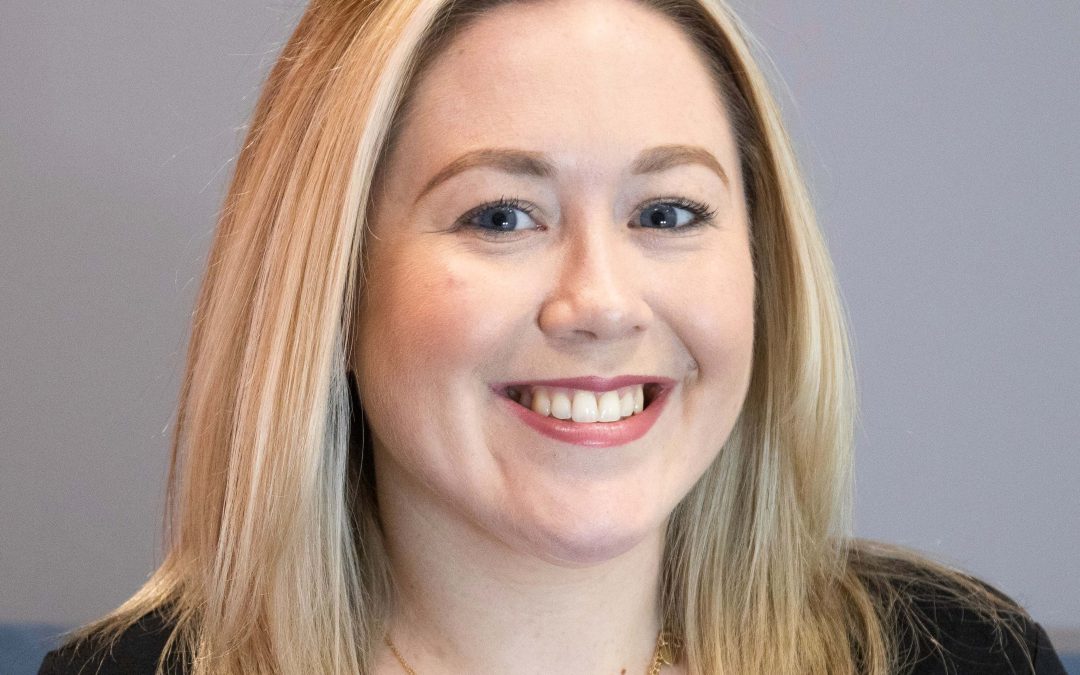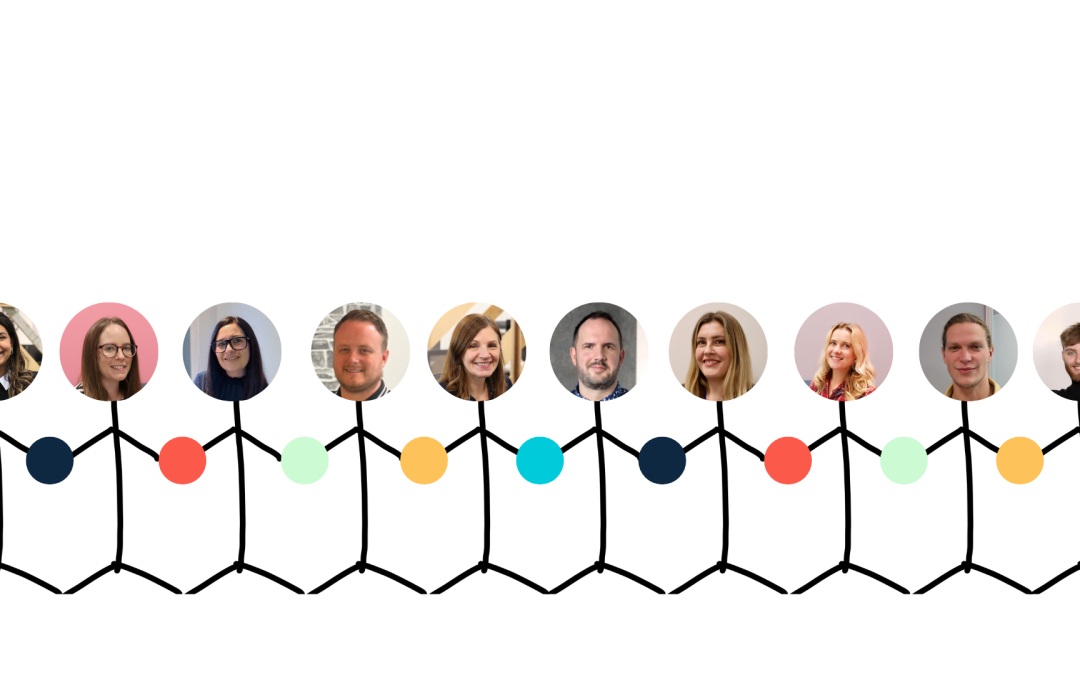What can we expect from charity campaigns, this Christmas, given the cost-of-living crisis?
Every day there seems to be an ever-gloomier report about the state of the economy and how we are heading into the worst recession for years. We are all affected by increasing costs, notably for fuel, utilities, and food.
At the same time, we are busy planning Christmas campaigns for our charity clients. Generally, these are cash appeals, but some charities lead with a regular giving ask. These clients are looking for direction on how the cost-of-living crisis may affect their Christmas campaigns.
So, what can we tell them?
As always at Join the Dots, we are led by the data and look to see what it can tell us.
In a YouGov poll published in March 2022, around half of 25–64-year-olds had already made changes to their spending. This was due to a result of increases in the cost of living. Followed by a further third stating they hadn’t yet, but though that they would need to. The 65+ audience were least likely to have changed their spending habits. 21% saying they hadn’t, but 41% through they would need to. *
There is a significant share of the population that are already cutting back on spending.
When we look at this in relation to charities, a poll by Opinium in August 21 recorded year-on-year decreases in the percentage of people making cash donations and setting up regular giving direct debits. (Source : https://www.opinium.com/adapting-and-innovating-how-charities-move-forward-post-pandemic/)
This was corroborated by a BBC News survey conducted in June 2022. 44% of those questioned said they had often or sometimes reduced the amount they’d donated to charity (including food banks) in the last 6 months.**

The impact of the crisis will, however, vary by cause. In the same way that we saw more people donating to health-related charities during the pandemic. There are indications more people may donate to charities which are supporting those most impacted by the cost-of-living crisis.
The Enthuse Donor Pulse Spring Report 2022 recorded a 20% increase since winter 2021 in the percentage of people giving to charities which deal with poverty (food bank, homelessness etc). There were also increases in the percentage of people giving to animal and children charities compared to decreases in people giving to research into diseases and NHS/public health charities.
This means we cannot simply say the cost-of-living crisis is likely to reduce metrics such as response rate or average donation by a fixed percentage which applies across the board. For those charities helping those impacted by the crisis, we would at least expect to see consistency year-on-year based on how empathic and generous the UK population are. This was evidenced during the pandemic and in response to the outbreak of war in Ukraine.
Many people, however, were saving money during the pandemic. The real impact of the cost-of-living crisis had yet to hit when the war started. This means for charities whose work is perceived as less vital during the cost-of-living crisis, they are more likely to feel the impact.
So, what can charities do to mitigate the impact?
Remain agile – during the pandemic, charities had to quickly reshape strategies around digital giving and events to maintain income streams. This type of reactivity needs to continue through these economically challenging times. Thought needs to be given to how appeals can be made more cost-efficient and responsive.
Messaging – one of the keyways of doing this will be with messaging in ads. Charities will need to explain how their operational costs have increased, but that their work is even more important at this time. Perhaps by giving more detail about how funds are spent and the impact they will have.
Asks – it may be tempting to reduce the amount charities are asking people to donate, what we generally see with lower asks is that attrition is greater, and donors are less engaged and committed to charities to whom they donate low value gifts so this will not be beneficial in the longer term.
Targeting – if a charity doesn’t already have a strategy targeting high value donors, now is the time to develop one. The most affluent will have significant savings that can be accessed, even when the cost of living is increasing.
In summary, the cost-of-living crisis is affecting all of us in our daily lives and charities will also feel the impact of it. There are steps that charities can take to minimise the impact. Some types of charities will need to take more than others. There are challenging times ahead and many more people will be relying on charities to help them through them. So now more than ever, charities need to ensure that they continue to engage existing and potential new donors.
Get In Touch:
If the cost-of-living crisis has you with questions about your campaigns or you want to make a bit more sense of these challenging times, feel free to contact us.
Sources:
*YouGov 24th March 2022: 6782 GB Adults






